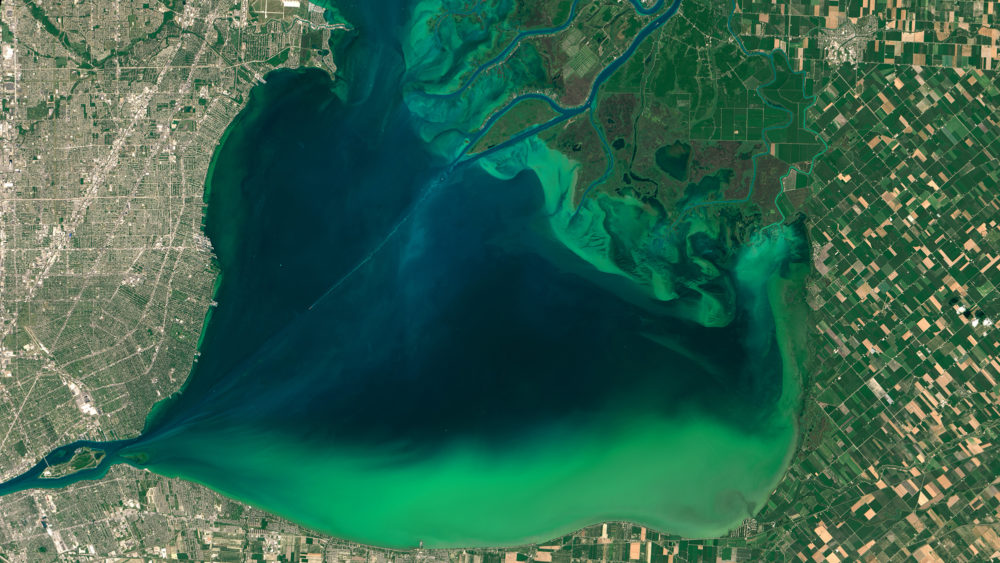Global warming a pressing concern for humanity
There are numerous components that contribute to this global problem. It is highly probable that you might have heard of reducing carbon emissions.
There is no denying the fact that increasing carbon footprint is a grave cause of concern. However, there are other sources of global warming as well which are equally pressing.
Role of Nitrous Oxide (N2O) in Global Warming
N2O is a significant contributor to global warming but you will hardly see anything written on it unlike the so much brouhaha on carbon emissions. Well, it is not to say that carbon pollution is any less bad.
At least the governments across the globe are aware of the problem and are periodically putting in place regulations to control the problems rising out of carbon emissions.
But no such awareness exists for the damage N2O is wrecking on our atmosphere.
For effectively dealing with the problem, it is imperative that there is a concerted global effort to spread awareness about global warming and the various causes contributing it including N2O. Since it has become one of the major pollutants, it is about time that we talk about it and take appropriate measures.
N2O is two hundred times more damaging in depleting the ozone layer than carbon dioxide. It traps heat more effectively compared to CO2. But we always hear of carbon dioxide chipping away at ozone layer.
Damage to the ozone due to N2O layer has been going on for decades but nobody has ever paid any serious attention to it. The concerned authorities have willfully underestimated the harm it is bring upon the environment.
There is very high probability that global emissions are increasing very than we find reported in the media.
There is still hope as many countries are becoming proactive in the fight against climate change. Now there are frequent discussions on the environmental effect of nitrous oxide.
Many countries have even started taking steps towards reduction of N2O emission. However, they are taking precautions not to hurt the crop yield. This will have a ripple effect on other countries.
Fertilizers play a big role
There are large number of contributing causes and effects of N2O emissions. Many of the causes are natural but human activities have also resulted in the increase of the emission. For thousands of years, these emissions have more or less remained constant.
At the start of 20th century, there were many important scientific and technological breakthroughs. One of them was the discovery of Haber-Bosch process. It was an important scientific achievement contributing to the success of Green Revolution.
The process made it possible to synthesize molecular nitrogen from the atmospheric air for making nitrogen fertilizer. It was a significant scientific development for improving crop yield.
There was chronic problem of food shortage on the global scale at the time. Hunger was wide-spread in African and Asian counties.
Even after India obtained Independence from the colonial rule of the Great Britain, the food problem was severe in the country. It was necessary to produce enough food to provide for the teeming masses.
Amidst such grim food scenario, India unleashed its Green Revolution in 1968 under the leadership of MS Swaminathan. The main thrust was to develop higher-yielding varieties of wheat.
High-yielding seeds with much improved irrigation techniques and high quality fertilizers led the country on the path to become self-reliant in food production.
Green revolution was one of the quickest revolutions in raising the production of food all across the globe. It has become possible with the use of nitrogen fertilizers and improved agricultural techniques.
Increased application of fertilizers and pesticides had an adverse effect on the soil and the land. Though this became apparent after 2-3 decades, the urgency to produce adequate food did not bring about any corrective action.
Causes of N2O emissions
On using nitrogen in the soil it causes many microbial reactions which release N2O emissions. Continuously increasing use of N2 fertilizers have progressively spiraled upwards.
As it is effective in trapping heat, N2O is significant contributor to ozone depletion. It is the 3rd largest greenhouse gas after CO2 and methane. This is one of the most dangerous gases causing ozone hole.
What is even more damaging is that N2O remains active for over 100 years in the atmosphere after its release. There are many tools that track the emissions because of human activities.
Mostly, we receive relevant information on emissions from the database of countries, actual area of nitrogen fixing crops, global ammonia production and organic fertilizers.
The emissions are monitored from stations located across various places in different continents. To gauze the level of emissions in different parts of the world, we use atmospheric modeling.
The emissions have increased rapidly during the last few decades. Since 2009 we have witnessed exponential rise in the emission as the use of nitrogen has grown many times. Two countries-China and Brazil, particularly, registered the largest level of emissions.
How to reduce N2O emissions
It goes without saying that reduction in the level of N2O emissions is very difficult seeing the food demand for the growing population. The Paris Agreement seeks to halt the increase in the emissions. The agreement aims to achieve reduction of 10%-30% by the time 2050 kicks in.
For example, we have seen that the emissions have stopped growing in the US and Western Europe. Crop yield has also continued to grow in these regions.



